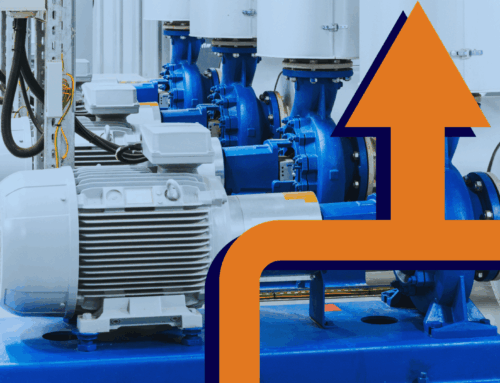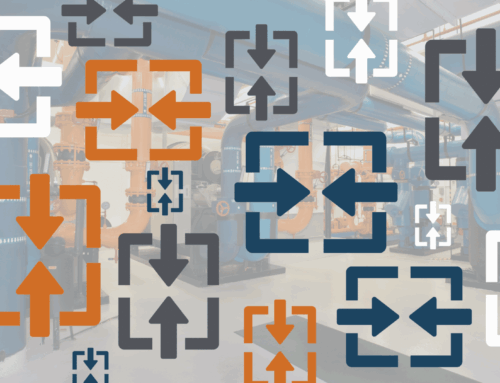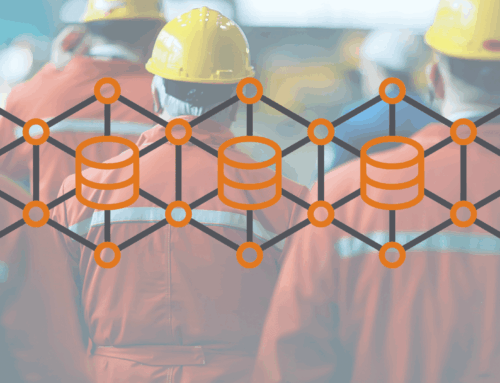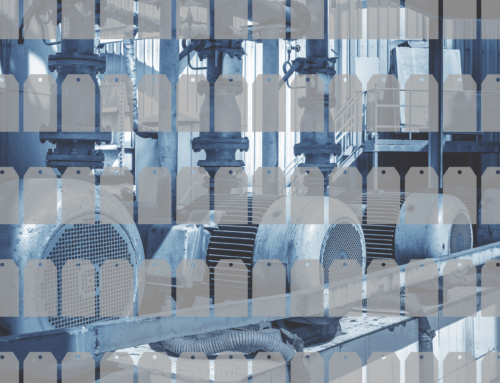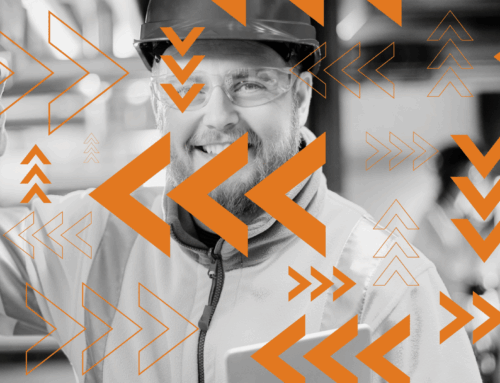Last week we had the wonderful opportunity to reconnect with district energy experts at the annual International District Energy Association’s IDEA2022 conference in Toronto, Canada. IDEA conferences are always full of district energy best practices and open discussions about how we as an industry can improve. This year, experts from across the industry emphasized the need to always foster a knowledge share.
The main element of a knowledge share is people. And this was clear at IDEA2022 as organizations and experts openly shared what worked and what didn’t work at their various operations across the globe. As a technology provider, we provide tools that can help organizations and their people improve this knowledge share.
As a result, we would like to share three ways to improve knowledge sharing throughout an organization with technology:
Look for ways to eliminate data silos
Data itself is not knowledge but can serve as a building block for organizational intelligence and knowledge. As a building block, you do not want this data to be inaccessible to people and departments who need it.
For example, in the data historian industry, we see many organizations that have legacy systems that are only available to specific people or locations. The issue with this is that this limits the usage of time-series equipment data in operations and the decision-making process. Unnecessary delays in pulling data or simply lack of awareness of its existence means that organizations miss valuable opportunities. Opportunities include to showing improvements and overcoming challenges in operations quickly and easily.
By centralizing data, organizations will be better able to manage their data and transform it into useful information. And just because it is centralized does not mean it is unsecure. Centralized data solutions like data historians have various methods to ensure data is protected and accessed by only those who need it.
Look for ways to improve collaboration
Collaboration is a key part of knowledge sharing, but it does not require face-to-face or real-time interactions to occur. By using technology, organizations can collaborate anywhere and at any time, sharing knowledge and identifying the best path forward.
And an added benefit of using technology as grounds for collaboration is historizing this institutional and organizational knowledge for future use. Every organization has that person or group of people who are a wealth of information. These people are key assets to an organization but what happens when they are out of the office or retire? By using technology to store and document this organizational information, future users can review and incorporate it into their planning and decision-making.
By using technology as grounds for collaboration, organizations can eliminate unnecessary time and energy wasted on connecting the right information to the right people. But for this to work, organizations must give the right people access. So, make sure to give access to the technology at all layers of the organization for robust knowledge sharing and knowledge use.
Look for ways to simplify
Knowledge sharing throughout an organization is important, but when it turns into knowledge overload it can have a negative impact. To help minimize knowledge overload, technology can help provide the right amount of information to the right people. Unlike data silos mentioned above, this is not limiting access to information. Instead, it is about prioritizing what is most important for effective operations and decision-making.
For example, in asset performance management, you may have various layers of the organization and departments involved. From top leadership to the reliability teams to the operations department, an organization wants to ensure its assets are healthy and running as expected. This does not mean that every person needs access to the same knowledge or information. In this case, top leadership may only need a high-level overview of the plant’s health status. In contrast, reliability engineers will need to access real-time and historical data analysis for root-cause analysis. This is where technology comes in. By providing simplified and impactful insights for all layers, you have the ability to drill down into added analysis as needed.
By leveraging technology, you can simplify the process of finding the right knowledge and information and prioritizing what is important for improved operations. With the right technology, organizations can have the right information at the right time to make the right decisions.
Ready to Learn More
Missed us at our booth at IDEA2022 this year? Check out our upcoming events here or reach out directly to schedule a call to discuss more IDEA2022 takeaways.

